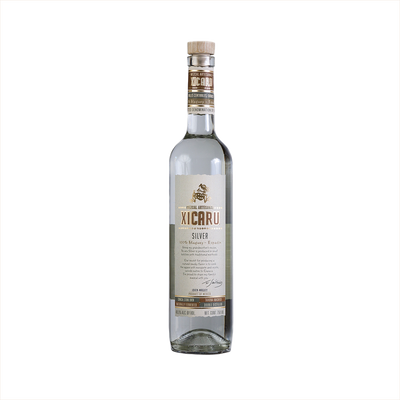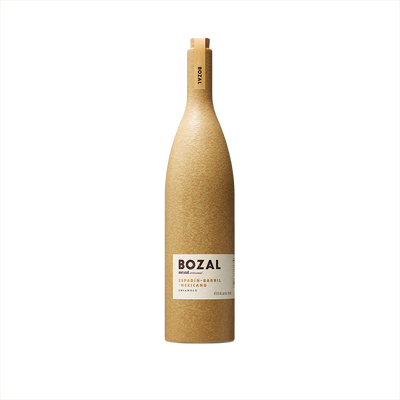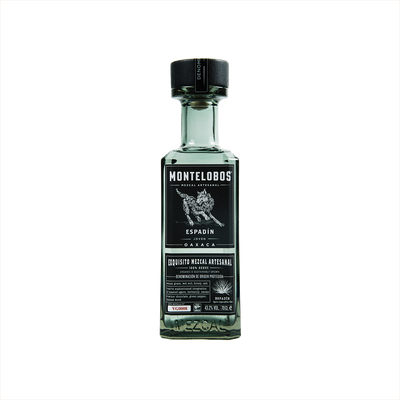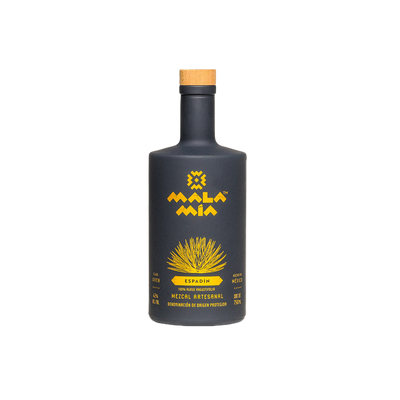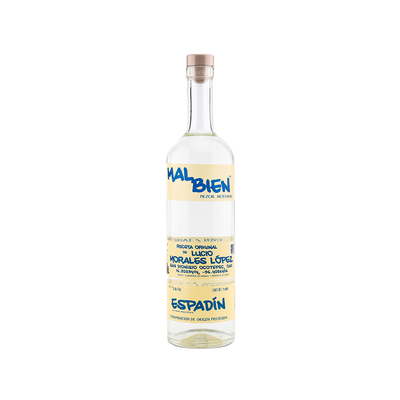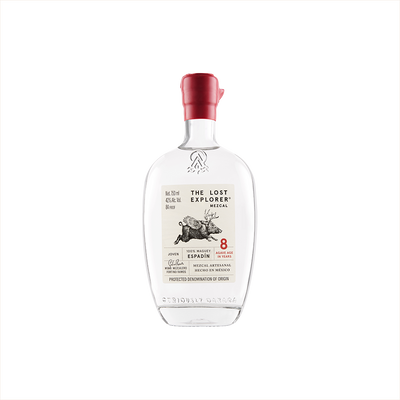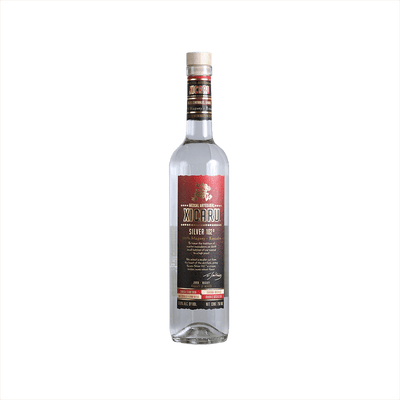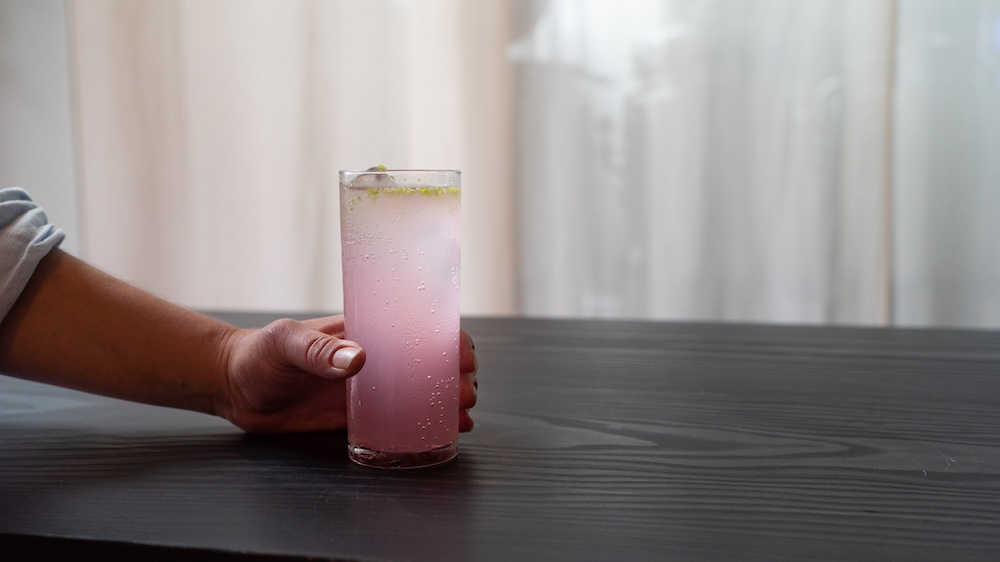Espadín Mezcal
What is Espadín Mezcal?
Espadín Mezcal is the most common and widely produced style of mezcal, made exclusively from the Agave angustifolia plant, known locally as espadín agave. This workhorse agave typically takes 8-12 years to mature and accounts for roughly 90% of all mezcal production due to its reliability and relatively quick growing cycle compared to other agave varieties. What defines Espadín mezcal is its approachable character—it tends to offer bright, clean flavors with gentle smoke and herbaceous notes, making it an excellent introduction to the world of agave spirits while still maintaining the artisanal complexity that makes mezcal special.
Learn More About Espadín Mezcal
What makes Espadín Mezcal unique?
Espadín mezcal stands out as the workhorse of the mezcal world, made from the most widely cultivated agave species (Agave angustifolia) that grows faster and produces higher yields than rare varietals like Tobalá or Tepeztate. This accessibility translates into consistent flavor profiles that showcase classic mezcal characteristics—smoky earthiness with herbal notes and bright minerality—without the wild funk or intense complexity found in harder-to-source agaves. While other mezcals might surprise you with unusual flavors or require years of hunting to find, Espadín delivers reliable quality and represents the foundational taste that most people associate with traditional mezcal.
How is Espadín Mezcal made?
Espadín mezcal starts with mature agave hearts that are roasted in earthen pits lined with volcanic stones and heated by oak and mesquite fires, giving the spirit its signature smoky character. After several days of roasting, the cooked agave is crushed by a massive stone wheel called a tahona, then fermented in wooden vats using wild yeasts before being distilled twice in copper or clay pot stills. This traditional process, passed down through generations of mezcaleros, transforms the sweet agave into a complex spirit that captures the essence of Oaxacan terroir.
How do you drink Espadín Mezcal?
Espadín mezcal shines brightest when sipped neat at room temperature, allowing you to fully appreciate its smoky agave character and subtle mineral notes. Many aficionados prefer it straight up in small pours, often accompanied by orange slices and sal de gusano (worm salt) for traditional pairing. When mixed into cocktails, espadín works beautifully in mezcal margaritas, smoky Negroni variations, and agave-forward sours that highlight rather than mask its distinctive personality.
How do I choose good Espadín Mezcal?
Start by looking for bottles that proudly display the producer's name and village – transparency matters in mezcal, and the best distillers want you to know exactly who made your bottle and where. If you're mixing cocktails, opt for a clean, bright Espadín with moderate smoke that won't overpower other ingredients, but for sipping neat, seek out expressions with more complex earthy or fruity notes that showcase the mezcalero's unique style. Always check that it's 100% agave and ideally bottled at around 45-48% ABV, which gives you the perfect balance of flavor intensity and mixability.
Nutritional Information
Typical Calorie Range per Ounce: 64-69 calories
Typical Carbohydrate Range per Ounce: 0-0.1 grams
Typical Sugar Range per Ounce: 0 grams
Typically Gluten Free: Yes
Like most distilled spirits, Espadín mezcal contains virtually no carbohydrates or sugars since the fermentation and distillation process converts the agave's natural sugars into alcohol. The calories come almost entirely from the alcohol content itself. Since mezcal is made from 100% agave rather than grains, it's naturally gluten-free. Still, if you have celiac disease or severe gluten sensitivity, always check the specific product label and contact the producer directly to confirm their production methods and any potential cross-contamination risks.
Scrolled this far? Your reward? Espadín Mezcal Trivia!
- The agave plant used for Espadín mezcal takes 6-8 years to mature, but here's the kicker: it only gets one shot at life. After harvest, the entire plant dies, making each bottle a celebration of that single agave's entire existence. No second chances, no do-overs – just one glorious finale distilled into liquid gold.
- Those distinctive smoky flavors don't come from wood or peat like you'd expect. They're born from cooking the agave hearts in underground earthen pits lined with volcanic rocks and fueled by oak and mesquite charcoal. The piñas literally steam underground for days, absorbing minerals from the earth and smoke from the fire above – it's like barbecuing for the gods.
- Traditional mezcal makers can identify the exact village where an agave grew just by tasting the finished spirit. The terroir is so pronounced that factors like altitude, soil composition, and even which side of a hill the plant grew on leave distinct flavor fingerprints. It's like wine terroir turned up to eleven.
- The tahona wheel used to crush cooked agave isn't just old-fashioned – it's scientifically superior. This massive volcanic stone wheel, often weighing over a ton, crushes the fibers without shredding them like modern machinery does. This gentler process prevents bitter tannins from the plant's tough fibers from contaminating the sweet agave juice.
- Wild yeasts living on the agave plants themselves kickstart fermentation, meaning each batch develops its own unique personality based on the invisible microbial community of that specific location and season. No two batches are identical because Mother Nature herself is the master distiller, contributing flavors that can't be replicated in any laboratory.
Higher-proof spirits can be intense. Mix carefully, taste thoughtfully, and enjoy responsibly.
Gift message (optional)


